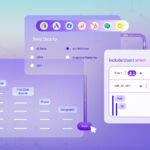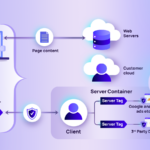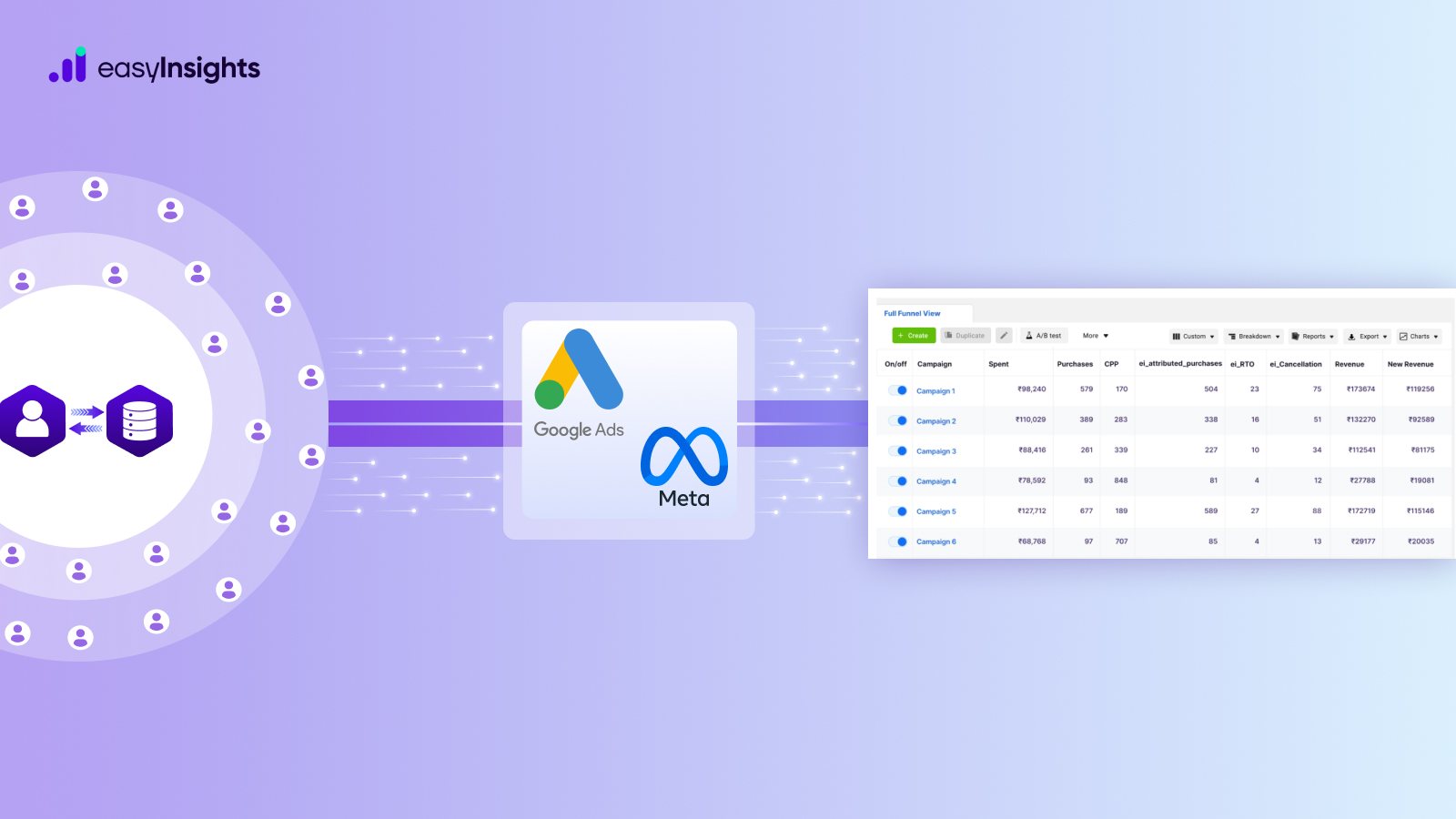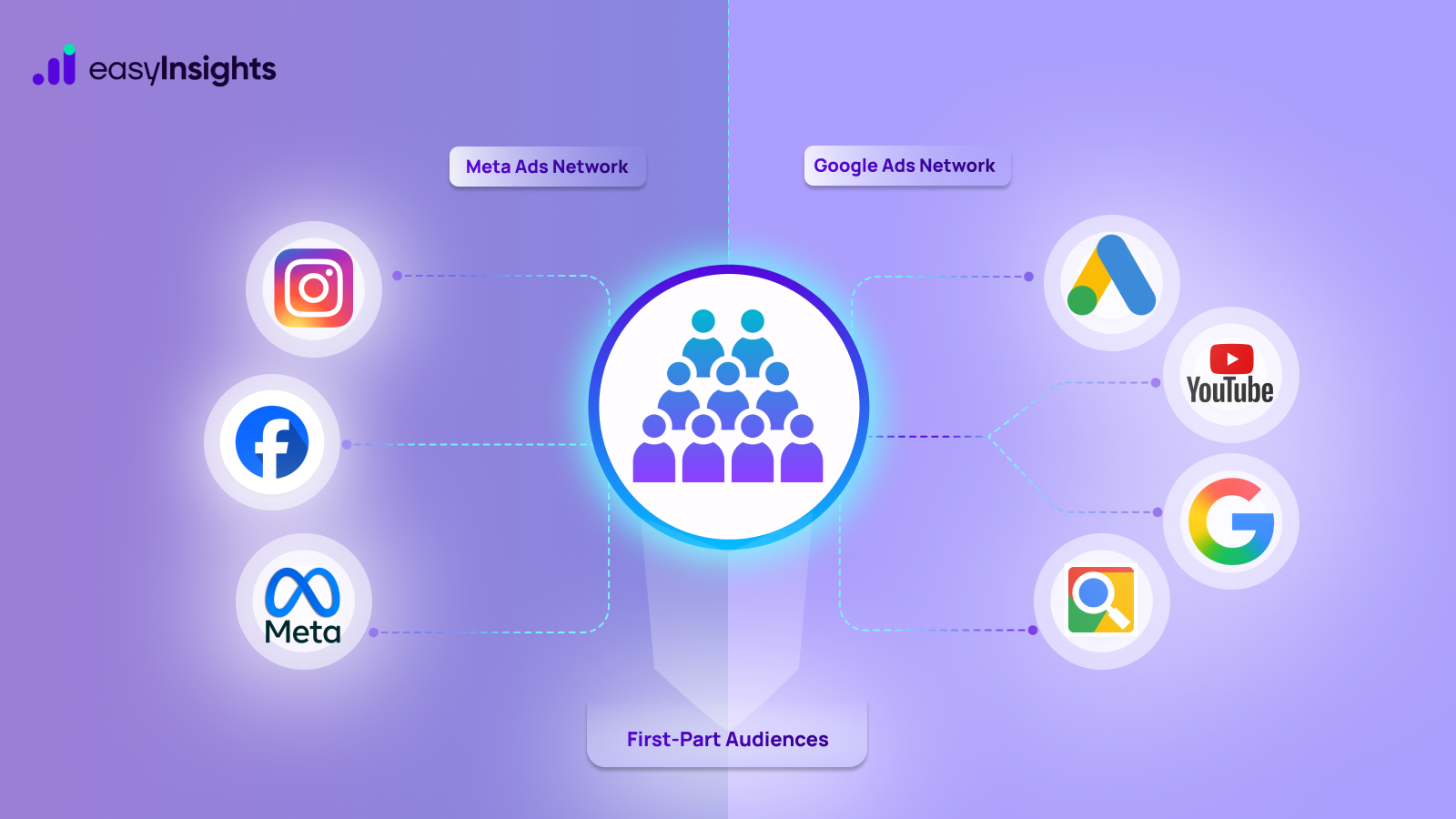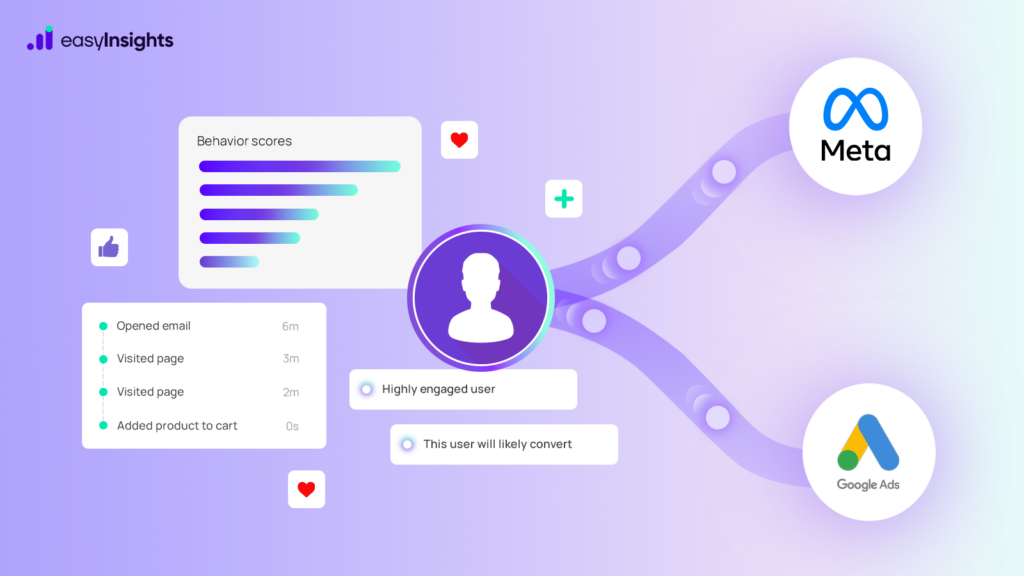
You searched for a pair of running shoes once, and suddenly every ad you see knows your size, favourite color, and even reminds you to complete your purchase. Feels like magic? It’s not’s smart use of first-party data activation in advertising.
But what exactly is first-party data activation, and how do brands use it to seem like they’re reading your mind? Let’s break it down in simple terms.
Jump ahead to:
What is First-Party Data
First-party data refers to the data that a company collects directly from its own audience or customers through its owned digital properties – like websites, mobile apps, CRM systems, email campaigns, and surveys. It is considered the most reliable and privacy-compliant form of data because it comes straight from the source with user consent.
It includes: Website activity (page views, time spent, click behavior), Purchase history and transaction data, CRM data (names, emails, phone numbers), Email engagement (opens, clicks), Mobile app usage, Survey responses, Customer feedback and support interactions
In short, first-party data is your own secret sauce for understanding your audience, and it’s becoming more important as privacy rules get stricter and third-party cookies fade away.
Why First-Party Data Matters
Using your own customer data has always been smart—but now, it’s essential. Here’s why:
Browsers Are Blocking Trackers
Safari and Firefox limit how long third-party cookies can track users—sometimes to just a day. That means a returning visitor might not be recognized, making it hard to build long-term relationships or measure performance accurately. First-party data helps you maintain that continuity.
The End of Third-Party Cookies
Google Chrome is phasing out third-party cookies too. Without them, tactics like retargeting and lookalike audiences lose effectiveness. First-party data—like purchases or site behavior—can replace those signals to keep your campaigns relevant and high-performing.
AI Needs Better Data
Ad platforms like Google and Meta rely on AI to decide who sees your ads. But AI is only as good as the data it gets. First-party data gives it richer, more accurate inputs—resulting in better targeting and outcomes.
Direct Tracking Is No Longer Reliable
With privacy updates and browser restrictions, platforms can’t “see” as much user activity as before. Activating and directly connecting your own data to ad platforms has become the only reliable way to bridge that gap and fuel smarter advertising.
Also Read: What is First-Party, Second-Party, Third-Party and Zero-Party Data?
How to Activate Your First-Party Data
Activating first-party data means using the data you’ve collected directly from your customers (like website visits, purchases, and email interactions) to improve marketing, personalize customer experiences, and drive business outcomes. Here are steps to activate your first-parry data:
1. Collect Data from Your Own Sources
The first step in activating first-party data is gathering it from your owned channels—like your website, mobile app, CRM, and offline sources. These touchpoints hold rich behavioral and transactional data that can be turned into actionable insights.
Website (Server-side Tracking)
Instead of relying on browsers to send user data (which is what happens with traditional client-side tracking), server-side tracking sends this data directly from your server to platforms like Meta and Google Ads.
Here’s how it works:
- User interacts with your website—visiting a page, clicking a button, or completing a form.
- These actions are captured and sent to your server in real time.
- Your server then formats and securely sends this data to marketing platforms using APIs like Meta’s Conversions API (CAPI) or Google’s Enhanced Conversions.
- Since the data is handled by your server, it’s not blocked by browsers or ad blockers.
This setup ensures more reliable data collection and better attribution, even in a privacy-restricted environment.
CRM (Customer Relationship Management)
Collect customer details like emails, phone numbers, and purchase history directly from your CRM system. This typically involves exporting data from your CRM platform (such as Salesforce, HubSpot, or Zoho) via built-in export features, API integrations, or automated sync tools. Ensure the data is up-to-date and properly formatted for marketing use. This CRM data can then be used to build customer profiles, segment audiences, and personalize campaigns effectively.
Offline Events
Gather customer information and interactions that happen outside your digital channels, such as in physical stores, call centers, or events. This includes:
- In-store purchases: Collect transaction details through your point-of-sale (POS) systems.
- Call center interactions: Record customer information, inquiries, and outcomes from phone calls.
- Event lead forms: Capture details from sign-ups or registrations at trade shows, conferences, or promotional events.
This offline data can be uploaded manually or synced automatically with your marketing platforms to provide a fuller picture of customer behavior and help target marketing efforts across online and offline channels.
Bringing all this together gives you a complete customer picture and sets the stage for smarter campaigns.
2. Store and Enrich Your Data
Once collected, your first-party data needs to be securely stored and enhanced to unlock its full potential.
Data Storage
Store your data in a centralized, secure system—such as a Customer Data Platform (CDP), data warehouse, or cloud storage solution. This ensures all data sources (website, CRM, offline) are unified and accessible for analysis and activation.
Data Enrichment
Enhance your raw data by cleaning, normalizing, and adding additional information to make it more valuable. Enrichment can include:
- Formatting data fields consistently (e.g., phone numbers, email addresses).
- Filling missing or incomplete data points.
- Appending third-party data like demographic or firmographic info.
- Categorizing or tagging customers based on behavior or preferences.
Enriched data provides deeper insights, better audience segmentation, and improves targeting accuracy across marketing campaigns.
3. Send Data to Ad Platforms for Activation
After collecting, storing, and enriching your first-party data, the next step is to activate it by sending it to advertising platforms like Meta, Google Ads, or others. This allows you to create highly targeted and personalized campaigns.
How to Send Data:
- Use APIs and Integrations: Connect your data storage system or Customer Data Platform (CDP) directly to advertising platforms using APIs such as Meta’s Conversions API (CAPI) or Google’s Enhanced Conversions. These allow secure, server-to-server data transfer.
- Upload Customer Lists: Export segments from your CRM or CDP and upload hashed customer lists (emails, phone numbers) to platforms like Meta Custom Audiences or Google Customer Match. This helps in retargeting existing customers or finding similar lookalike audiences.
- Real-Time Data Sync: Set up automated syncing between your systems and ad platforms to ensure fresh data is always available for campaigns, improving responsiveness and campaign performance.
- Ensure Privacy Compliance: Always hash personally identifiable information (PII) before sharing and comply with privacy laws and user consent policies.
By sending enriched first-party data to ad platforms, you enable smarter audience targeting, Track conversions more accurately, more accurate attribution, feed AI systems with better signals, Improve targeting and ultimately better marketing outcomes.
Automate the Process with EasyInsights
Doing all this manually—collecting data, enriching it, and syncing it with multiple ad platforms—can be time-consuming and technically complex. That’s where EasyInsights.ai comes in.
EasyInsights automates your entire first-party data activation workflow. With a simple integration (by placing a pixel on your website), it starts tracking user interactions server-side, bypassing browser limitations and ad blockers. It captures key actions like form fills, purchases, button clicks, and sends this data in real time to platforms like Meta and Google Ads, ensuring your ad platforms always have the freshest, most accurate signals.
Not just that, EasyInsights also pulls in data from your CRM, offline events, and eCommerce tools, automatically enriching and unifying it in one place. This enriched data is then fed into your campaigns to supercharge performance, helping you personalize ads, improve targeting, and get better ROAS without needing a team of engineers.
Wrapping up
In a privacy-first world where third-party cookies are becoming obsolete, activating your first-party data isn’t just a nice-to-have; it’s a must. EasyInsights simplifies this process by centralizing your data, enabling server-side tracking, enriching customer profiles, and seamlessly connecting with ad platforms.
The result? Smarter targeting, better attribution, and significantly improved ROAS, all powered by data you already own.
To know more, Book a demo today!


